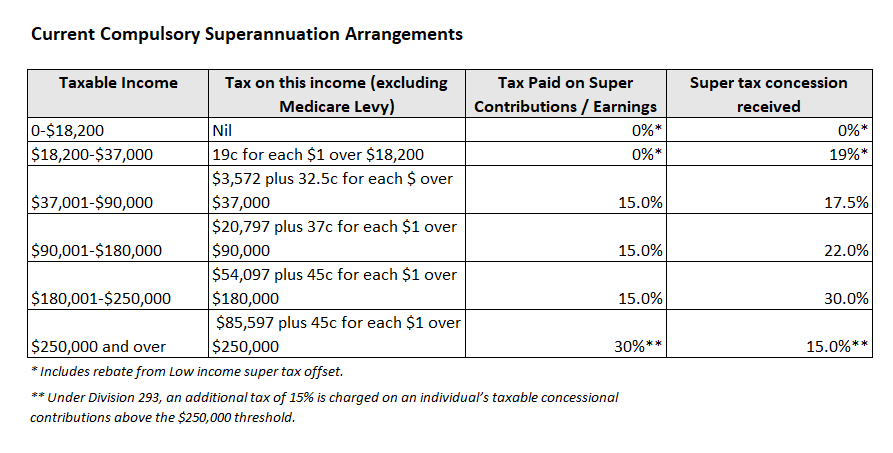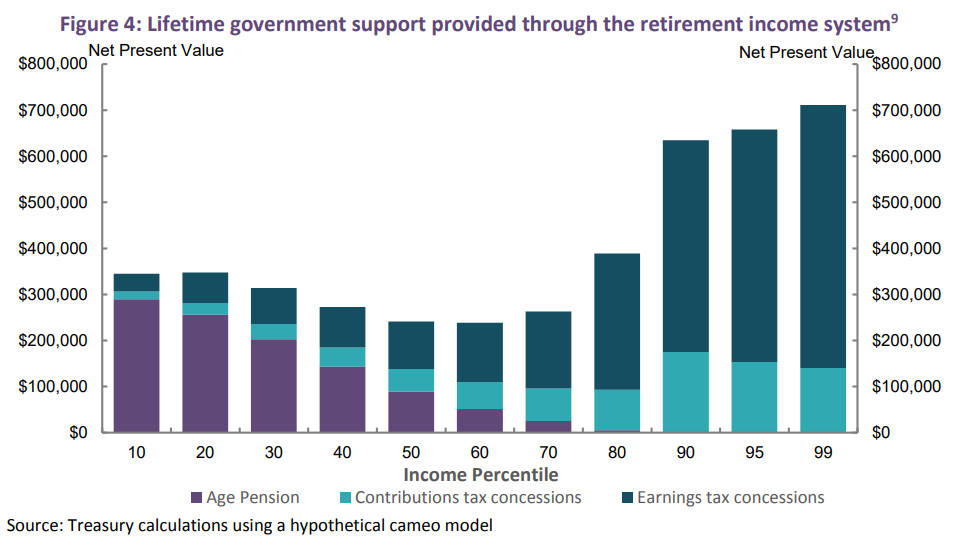International Women’s Day has prompted calls from the Australian Institute of Superannuation Trustees (AIST) for the Federal Government to ‘close the retirement gap’ by extending superannuation to paid parental leave:
AIST CEO Eva Scheerlinck said women were disadvantaged most by the fact that parental leave was the only paid leave that did not include superannuation, because women accounted for more than 90% of all parental leave taken by primary carers.
“For every dollar a man earns, a woman earns 67 cents on average, and women have 40% less superannuation on retirement and live longer, which is hardly a recipe for the comfortable retirement that they deserve,” Ms Scheerlinck said.
“They also spend more time out of the workforce doing unpaid work caring for children and other family members, which is even more reason that action should be taken to ensure they don’t fall further behind during career breaks.
“Super on paid parental leave would allow parents to continue building their retirement savings while taking time out of the paid workforce to care for children.
“It would be another step to improving the fairness, equity, adequacy, and transparency of a retirement savings system which, although one of the best in the world, still has room for improvement…
“As we prepare to celebrate International Women’s Day tomorrow we repeat our call for the Government to address a glaring gender anomaly and announce it will introduce super on paid parental leave.”
These reforms miss the main reason why superannuation is skewed so heavily against women: because of the inequitable way that concessions are distributed, which disadvantages low paid workers irrespective of gender.
Under current arrangements, most superannuation contributions/earnings are taxed at a flat rate of 15%. Accordingly, those on low incomes receive minimal concessions, whereas those on higher incomes receive the biggest tax concessions:
Since women generally earn less than men over their working lives – because they tend to work in lower paid professions (e.g. nursing and teaching), work part-time, or take time off from working to raise children – they obviously accumulate much lower superannuation balances.
Therefore, the first best solution for superannuation inequity is to reform the system to make concessions equitable by targeting concessions at those who need it most – i.e. lower and middle income earners.
The system should be made progressive so that lower income earners – be they male or female – get a better deal.
The federal budget would also benefit from superannuation concessions going where they are needed most, given superannuation is currently being used as a tax avoidance scheme by the wealthy (mostly men) who would never have taken the Aged Pension anyway (as illustrated clearly in the next chart).
As shown above, the top 1% of income earners will receive more than $700,000 in taxpayer contributions to their personal superannuation accounts over their working lives, dwarfing the $50,000 received by the bottom 10% of income earners, according to the Australian Treasury.
Let’s also not forget that Australia’s compulsory superannuation system already costs the federal budget around $40 billion per year – far more than it saves in Aged Pension costs. Thus, increasing government contributions to superannuation accounts would increase this budgetary cost, leaving less funds to raise the Aged Pension or housing rent assistance.
Indeed, the welfare of women (and lower income earners generally) would be improved greatly if Australia’s superannuation concessions were abolished altogether and the budgetary savings were instead directed into boosting and broadening the Aged Pension. Although because the superannuation system is entrenched, we would never see such a reform.
The growing outrage over the disparity between male/female superannuation and earnings hides the broader issue, which is poverty.
For those of us that belong to family units whereby husbands/wives pool their financial resources – both incomes and savings – and share workloads, be it paid or domestic, superannuation gender inequity is generally not a problem.
Even when couples divorce, financial resources are split-up and distributed among the spouses, including superannuation savings. Those women that do not partner up and have children have the same superannuation earnings capacity as men.
Instead of fighting gender wars and playing identity politics, policy makers should instead focus on eliminating poverty, irrespective of gender. That should be the primary concern.
Making the retirement system equitable is a good start, beginning with overhauling the superannuation concession system and improving access to the Aged Pension.



